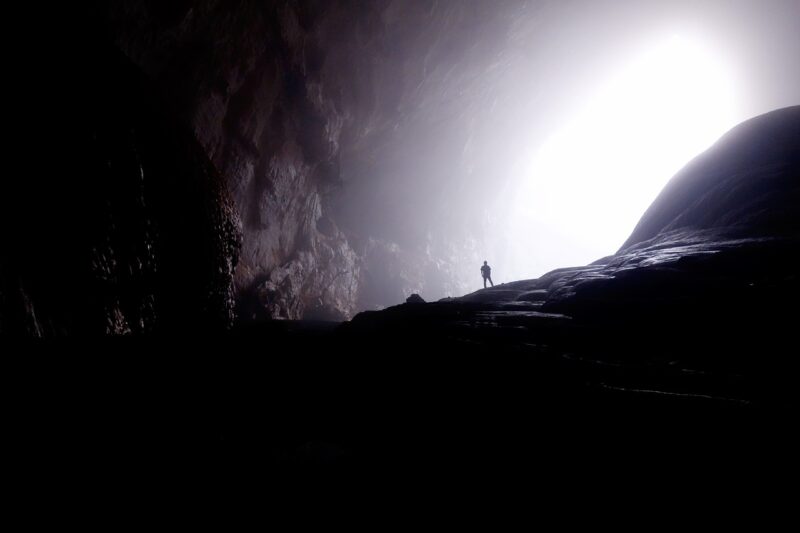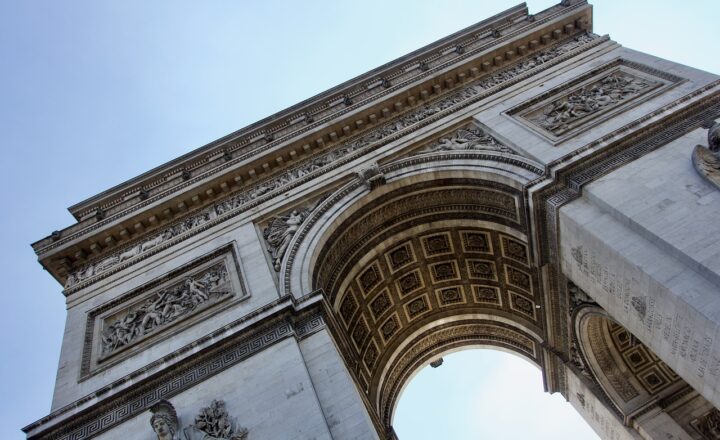The Evolution of Art: How Early Homo sapiens Expressed Creativity in Cave Paintings
November 14, 2024

Art has been a part of human life for thousands of years, serving as a means of expression and communication. The earliest known forms of art date back to prehistoric times, with cave paintings discovered in various parts of the world. These ancient artworks provide insight into the lives, beliefs, and creativity of early Homo sapiens.
1. Understanding Cave Paintings: A Window into the Past
Cave paintings are one of the oldest records of human creativity and innovation. Found in caves across Europe, Africa, Asia, and beyond, these primitive art forms depict animals, human figures, geometric shapes, and abstract designs. Notable sites include the Lascaux Caves in France, Altamira in Spain, and Chauvet Cave, also in France.
Research suggests that these paintings were created during the Upper Paleolithic era, approximately 40,000 to 10,000 years ago. Artists utilized natural pigments made from minerals, charcoal, and even blood to create their images.
These early artworks were not merely decorative. They likely served several purposes:
- Communication: Cave paintings may have been a way to communicate with others, sharing information about hunting, rituals, and the environment around them.
- Spiritual Significance: Many anthropologists believe that these paintings held spiritual meaning, perhaps intended to invoke good fortune during hunting rituals or to commemorate important life events.
- Educational Component: The depictions of animals and hunting scenes may have served to educate younger members of the community about their environment and survival techniques.
2. Techniques and Materials Used in Cave Art
The techniques employed by early artists to create cave paintings are both fascinating and innovative. They primarily used:
- Natural Pigments: Colors were derived from natural sources such as ochre (red and yellow pigments), charcoal (black), and manganese (brown). These pigments were ground and mixed, sometimes with animal fat or water, to create paint-like substances.
- Blowing Techniques: Some cave artists used a technique called blow-painting, where pigment was placed in the mouth and blown onto the wall, creating a unique, soft effect. This technique was often used for hand stencils, where the artist’s hand would be placed on the surface before blowing pigment around it.
- Engraving and Carving: In addition to painting, some artists used tools to engrave or carve images into the cave walls, adding texture and depth to their visuals.
These techniques display the creativity and resourcefulness of early humans, showcasing their understanding of the materials available and how to manipulate them to create lasting artworks.
3. Themes and Symbols in Cave Paintings
The subject matter of cave paintings is varied and often reflects the daily lives and beliefs of early human communities. Common themes include:
- Hunting Scenes: Many of the most famous paintings depict large animals such as bison, horses, and deer. These might represent hunting practices or spiritual beliefs related to hunting success.
- Human Figures: Occasionally, human figures are depicted, engaging in various activities. The meaning of these figures is often debated, with interpretations ranging from explicit narrative scenes to symbolic representations of fertility or community roles.
- Geometric Patterns: Abstract patterns and shapes also appear, possibly serving as early forms of symbols or marks that held specific meanings known only to their creators.
The repetition of certain motifs across various locations suggests an early form of symbolic thinking, hinting at the cognitive development of creativity and expression in Homo sapiens.
4. Theories on the Purpose of Cave Art
While the exact motivations behind cave art remain elusive, several theories have been proposed:
- Magical Thinking: Some argue that these artworks were created for magical purposes, aiming to influence the successful outcome of hunts or to represent the changing patterns of the seasons.
- Rituals and Ceremonies: Anthropologists have noted that paintings could be tied to specific rituals, perhaps serving as a backdrop for ceremonies that connected the community with their environment and the spiritual world.
- Cultural Expression: As humans began to develop more complex societies, cave art could serve as a form of cultural identity, reflecting the values, beliefs, and stories that shaped their communities.
Examining these theories offers a glimpse into the multifaceted reasons early humans may have turned to art as a means of making sense of their world.
5. The Significance of Cave Paintings Today
Understanding cave paintings goes beyond appreciating their beauty; they are essential in exploring the evolution of human cognition and culture. Through these ancient expressions, we can:
- Trace Human Development: Cave art provides a timeline of artistic evolution and cognitive development, marking the transition from survival-focused existence to one that included creativity and self-expression.
- Study Human Behavior: Analyzing cave paintings allows us to study the social structures, beliefs, and daily lives of prehistoric humans, painting a richer picture of who they were and how they interacted with their environment.
- Inspire Contemporary Art: Modern artists often draw on themes from cave paintings, exploring humanity’s relationship with nature, spirituality, and the interconnectedness of life.
As the world continues to evolve, cave paintings serve as a reminder of our shared heritage and the universal need for creativity that extends through millennia.
Conclusion
The evolution of art has a long and rich history, and the cave paintings created by early Homo sapiens represent one of the earliest forms of human creativity. They offer invaluable insights into the lives, beliefs, and values of our ancestors, grounding our understanding of art in the context of their existence.
By studying these ancient artworks, we can appreciate the profound creativity of early humans and recognize the significance of artistic expression as an essential part of our shared human experience. As we continue to explore and interpret these cave paintings, we honor the legacy of our ancestors, celebrating their creativity and the timeless nature of artistic expression.







